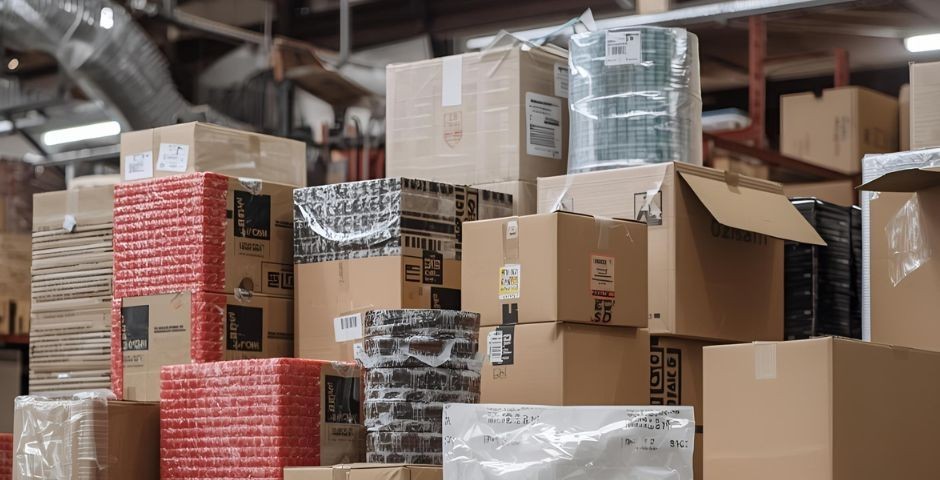Paper Quality Matters: What to Consider When Choosing Office Paper

Choosing the right office paper can have a big impact on the quality of your printed documents, the efficiency of your printers, and the overall image you project to clients and partners. Knowing the important factors to take into account when selecting office paper is crucial given the wide range of options on the market. The helpful advice for choosing the ideal paper for your office needs is provided below.
Paper Weight and Thickness
Paper weight refers to the density of the paper and is typically measured in grams per square meter (gsm). Heavier paper has a higher weight and is generally thicker, making it more durable and less prone to wrinkles or tears. For everyday office printing, 80 gsm paper is standard. However, for professional documents or presentations, you may want to consider heavier paper, such as 100 or 120 gsm, for a more premium feel.
Brightness and Whiteness
Brightness refers to the amount of light reflected by the paper's surface, while whiteness measures the color of the paper. Higher brightness and whiteness can enhance the contrast and sharpness of text and images, giving your documents a more professional appearance. When selecting office paper, look for a brightness rating of 92 or higher and a whiteness rating of at least 150 CIE (Commission Internationale de l'Eclairage).
Opacity
Opacity is the degree to which paper prevents light from passing through it, affecting how much text or images on one side of the sheet are visible on the other side. Higher opacity is desirable for double-sided printing, as it prevents "show-through." For standard office printing, an opacity rating of 90% or higher is recommended.
Smoothness
Smoothness affects how the paper feels to the touch and how well ink adheres to its surface. Smoother paper allows for better ink absorption and more precise printing, resulting in sharper text and images. When selecting office paper, consider its smoothness rating, with higher numbers indicating smoother paper.
Compatibility with Printers
Different printers have varying requirements for optimal performance, so it's essential to choose paper compatible with your office equipment. Consult your printer's user manual or manufacturer's recommendations to determine the best paper types and weights for your specific printer model.
Environmental Impact
As environmental concerns become increasingly important, selecting eco-friendly paper products can contribute to your office's sustainability efforts. Look for paper with recycled content, certified by reputable organizations such as the Forest Stewardship Council (FSC) or the Programme for the Endorsement of Forest Certification (PEFC). These certifications ensure that the paper is sourced from responsibly managed forests and adheres to environmentally-friendly production practices.
Conclusion
Choosing the right paper for your office involves considering factors such as weight, brightness, opacity, smoothness, printer compatibility, and environmental impact. By understanding these elements and selecting the appropriate paper quality, you can ensure professional-looking documents, efficient printer performance, and a positive impression on clients and partners. Take the time to evaluate your office's specific needs and invest in high-quality paper that will enhance your business's image and productivity.




